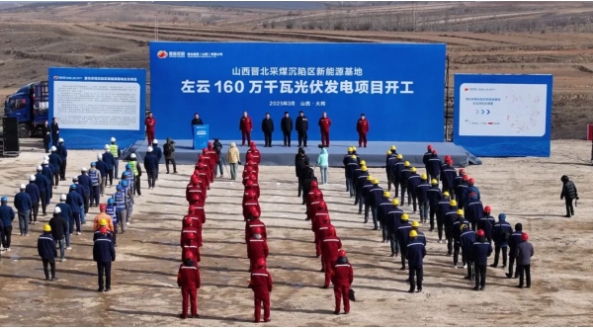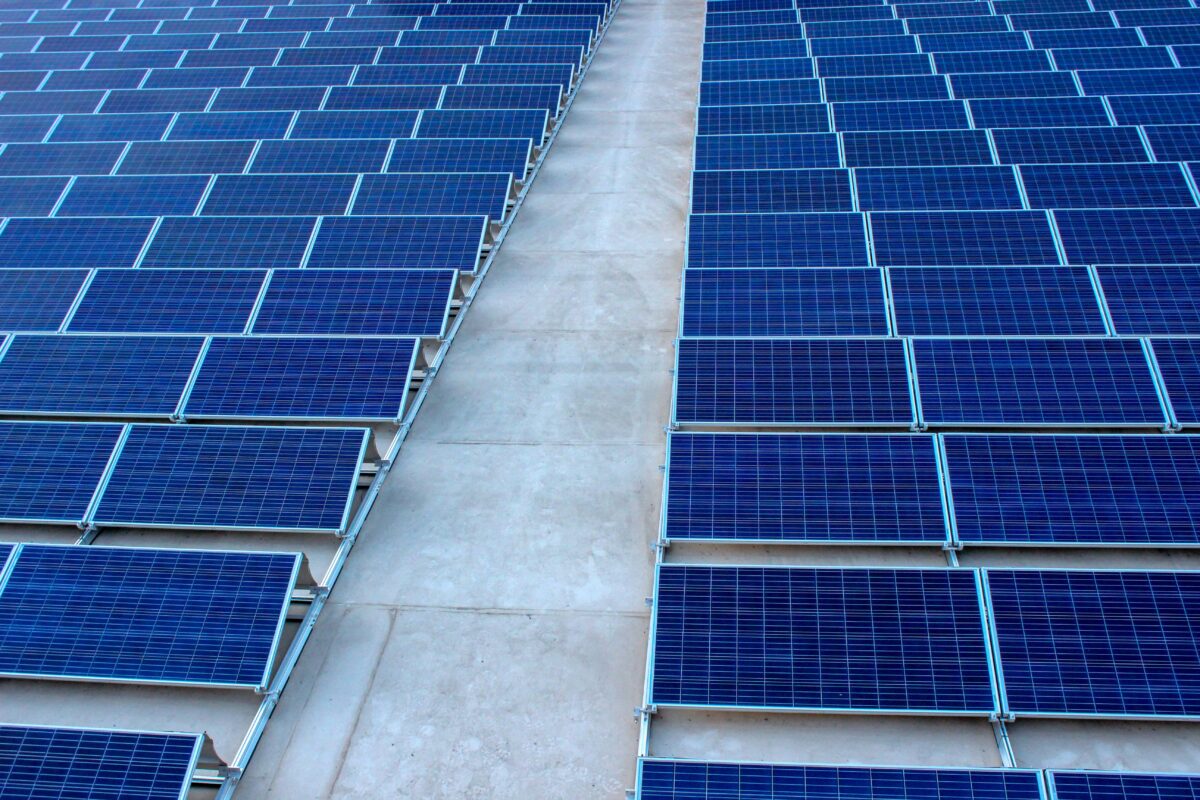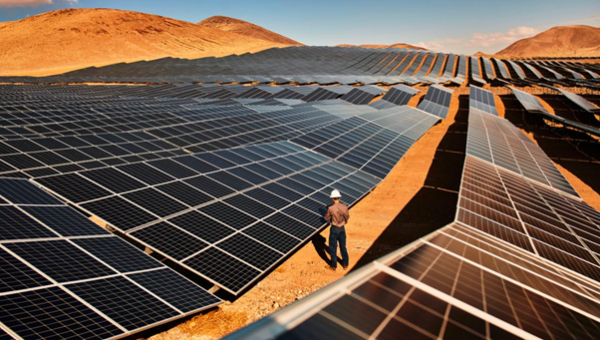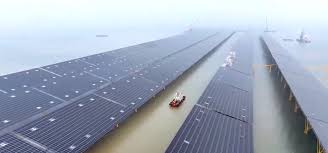
It is scheduled for commissioning in Q3 2025.
The project’s developers said the plant will add generation capacity to the Southern African region, generating 51GWh and offsetting 86,001 tonnes of carbon dioxide emissions annually.
The project represents an investment of around $20 million, making it one of the largest British investments in Namibia to date.
Namibian EPC contractor Alensy Energy Solutions has been appointed to build the solar PV plant, providing more than 150 local jobs.
The plant will be situated between Otjiwarongo and Outjo, in the Otjozondjupa region, where it connects into the NamPower Gerus substation and the main North-South transmission network.
Solar project gets regulatory backing
The project has already secured a generation license from Namibia’s Electricity Control Board (ECB), as well as connection agreements from the utility NamPower and an Environmental Clearance Certificate from Namibia’s Ministry of Environment.
It also benefits from the backing of the Namibia Investment Promotion and Development Board (NIPDB).
While the plant expects to sell all its power on SAPP, it will also have the option to sell power within Namibia to contestable customers (such as large mining and industrial operations) under the new Modified Single Buyer (MSB) rules which provides added flexibility to meet both regional and local energy needs.
Model could speed up building of renewable energy plants
Funding for the project is being provided by the UK-headquartered Solarcentury Africa with the support of its parent company, international energy trading group BB Energy.
Solarcentury Africa and their local partners, Sino Energy recently announced that they have reached financial close on the plant.
“All agreements have now been signed and the project will enter the construction phase straight away, with commissioning due in Q3 2025,” said Solarcentury Africa.
The power generated will be sold by the company’s trading arm Solarcentury Trading, a member of the SAPP.
Jason De Carteret, Solarcentury Africa CEO, said the fully merchant structure means the company will trade directly into the regional grid and removes the requirement for long-term PPA’s backed by sovereign guarantees, “enabling faster implementation of new renewable power plants with greater flexibility.”
The company said the success of this project sets the stage for future merchant projects in the region, “offering a viable alternative to traditional long-term utility PPAs that require sovereign guarantees.”







